Advertisers will grow their spending on digital traffic up to $645B by 2024. However, low CPM rates for traffic still cause big concerns to many website owners. You need to drive millions of impressions to stay afloat.
Adsterra has always been a genuine alternative to AdSense that does not require huge amounts of traffic. Our publishers can boast of having substantial CPM and payouts. But we never promise big money right here right now. Can a website make some $3,000 monthly? Indeed. You can make even $6K and $10K. Publishers who know how to manage traffic, use SEO, and what metrics to boost earn a lot.
So what must a publisher learn about low CPM? What pro hacks can webmasters apply to their website traffic growth strategy? You’re about to find out! We’ve worked out a checklist of possible reasons for low CPM issues and how to troubleshoot them. Dive in!
What is CPM for publishers?
Let’s keep it short and sweet: CPM means “cost-per-mille” or “cost-per-thousand” impressions. It marks how much publishers can earn showing ads to 1,000 of website users. The CPM (also eCPM or “effective cost-per-mille”) rate consists of all types of payouts:
– impressions;
– conversions;
– clicks (if the ad type requires clicks).
Example: can count your daily CPM by dividing your earnings to daily impression and multiplying this figute by 1000. So the formula will be = 1000 * earnings / impressions
Important: if users open the web page and never scroll till they really see ads, this is not an ad impression. Save this memo on how Adsterra counts ad impressions to learn more.
Who decides on the CPM rate for publishers?
These are not ad networks that decide how much to pay for your traffic. Then, who does? In the ecosystem ADVERTISER ↔️ AD NETWORK ↔️ PUBLISHER, these are advertisers who determine the amount of payout.
Advertisers might bid highly for your traffic, and they might lose their interest. Ad networks indicate those changes and update the cost for 1,000 impressions rates for publishers.
Publishers know that their rates can change even within one day. So, what impacts the core metric, and why do some publishers get “low CPM”? Carry on reading!
Top factors that can determine high or low CPM
Why do advertisers pay less or more for traffic? They come up with a solution to increase or decrease a payout taking into account multiple factors. These factors are tightly linked and influence each other. Let’s explore the most common of them so you can get the whole picture.
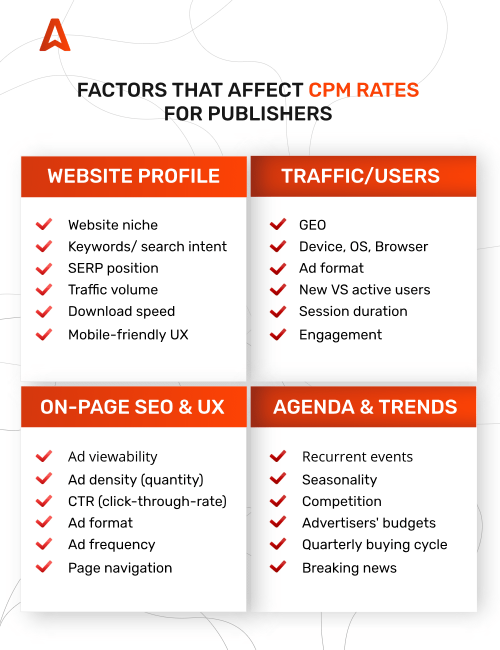
1. User engagement
User engagement comes both from your audience’s activity on the website and from their reaction to advertising.
SITUATION
When your site attracts a loyal audience who reads content, visits several pages, and doesn’t close the browser tab until they see ads, advertisers increase your CPM. They always need quality traffic.
RESULT
Even massive traffic won’t return high CPM if users don’t stay on a website and leave before ads are loaded.
2. Conversions VS Impressions
SITUATION
Yes, we said that advertisers pay for 1,000 impressions. But what they need is quality traffic that converts. That’s a rule.
RESULT
Investing in impressions, advertisers wait for actions. The fewer reactions on a publisher’s website, the lower the advertisers will assess the traffic.
3. GEO and Seasonality
SITUATION
Advertisers know exactly when and where their goods and services are on top of demand. Seasonality affects travel, retail, sports, and many other verticals. Supposing your traffic comes from Indonesia only. During the peak season and significant events like The Singles Day or Lazada Birthday, you can enjoy highly paying e-commerce advertisers.
RESULT
For websites or blogs, CPM might spike when advertisers are interested in promoting seasonal sales or want to break into a new market (your geo) with a freemium version of some new software.
4. Current competition for your traffic
SITUATION
Did you know that advertisers’ payouts for South African traffic can reach $15 – $40, depending on the season? Well, trends are your friends. These are not only US and EU users that brands target these days.
Advertisers are constantly testing their strategies. They might start with the highest bids and afterward lower them, as there is no competition for this traffic.
RESULT
If you send traffic that most advertisers are willing to pay for, your CPM can boost overnight!
5. Traffic type (or targeting options)
SITUATION
Targeting is everything. Advertisers don’t usually buy all traffic; they choose between desktop vs. mobile users, iOS vs. Android, as well as browsers, IP ranges, and even keywords.
RESULT
Your CPM moves up when your traffic matches the advertisers’ target. And again, trends play a role: before 2020, mobile traffic was cheaper than desktop, now the situation is the opposite.
6. Your past performance
SITUATION
Advertisers that run campaigns for a while learn to detect poor and golden traffic sources. They use unique lists to exclude placement IDs they find misfitting.
RESULT
When you grow quality organic traffic and place ads on viewable spots, you increase your chances of being safelisted. Advertisers will place a higher CPM rate near your ID.
Note! It is pretty hard to recover if your website was marked as bad.
7. Traffic volume
It’s not by mistake that we put this factor last. At Adsterra, we don’t set the minimum traffic limit; we care about its quality. In the meantime, it’s evident that the more impressions you send, the more payouts you receive.
How publishers can deal with low CPM
Earlier, you found out that advertisers can make your CPM low or high depending on how they value your traffic. It’s about time to raise the chances for making more money.
There is a set of surefire tips that will help you improve your traffic quality and, as a result, achieve higher payouts.
But before we move to the main checklist, we need to make sure your ad codes run well. Let’s exclude some major technical troubles that can make your CPM drop. These are pretty corny things, but they save you money 🙂
1.Correctly place ads on your website
- Place the code as recommended by your ad network. On your Adsterra account, you see the instructions right near the script itself. We also send you emails with newly generated scripts and instructions. For example, you can’t add Popunder anywhere except the HTML page’s “<HEAD>” part. And Social Bar scripts can be added to the “<BODY>’ part.

- Use the copy-paste method to place ads. Don’t try to enter or edit the scripts manually. Otherwise, you risk making a typo and waste long hours looking for a problem while your website will be losing money.
- Don’t forget to generate a new code after switching your site from HTTP to HTTPS. The obvious, but often forgotten thing 🙂
- Update all ad scripts after switching on the Adsterra Anti AdBlock feature (you can apply to get one from your account).
- To place two ad scripts of the same format (e.g., native banner) on the same page, get two unique scripts. Don’t use the same ad code twice, otherwise, your statistics will be incorrect.
- Check your platform specifications. Plugins like WP Minify for WordPress may add any additional data to the ad script.
- If you’re using Cloudflare, check whether its RocketLoader feature has NOT changed the ad script. Open the HTML view and look for the “data-rocketsrc=’//” piece of code. If you find it, it means that RocketLoader is affecting your ad impressions. To prevent adding extra text to Adsterra scripts, add ‘data-cfasync=”false”‘ attribute. Here is an example.
<script data-cfasync="false" type='text/javascript' src='//pl123456.puhtml.com/82/6d/f3/826df33e1880e1ab086c8406879dc14e.js'></script>
There is a better way – ask your manager to send you new ad scripts with all attributes added.
2. A checklist for moving from low CPM to bigger payouts
2.1. Drive sound, organic traffic
It’s the most challenging part because it depends on your SEO strategy. If you’ve just started your blog, you can’t boast of having 1st Google rankings. But with helpful tutorials, you can make your web pages better optimized and ranked.
What to learn about SEO to raise chances for higher CPM:
- Check all ways of boosting organic traffic.
- Avoid buying cheap traffic as it is of poor quality; advertisers pick low CPM rates for it.
- Carry out a complete website audit and fill the gaps in optimization.
2.2. Improve user engagement
Remember the first thing advertisers pay attention to? Exactly! Every publisher can boost user engagement and, therefore, clicks on ads and conversions.
What to check and improve?
- Use Google Analytics (GA) or another tool to get the core on-page statistics: average time on page, average session duration, bounce rate, most visited pages. You can find these reports on the BEHAVIOR tab of your GA report.
- High bounce rates (over 65%) mean users come and leave almost immediately without reading your content or watching ads.
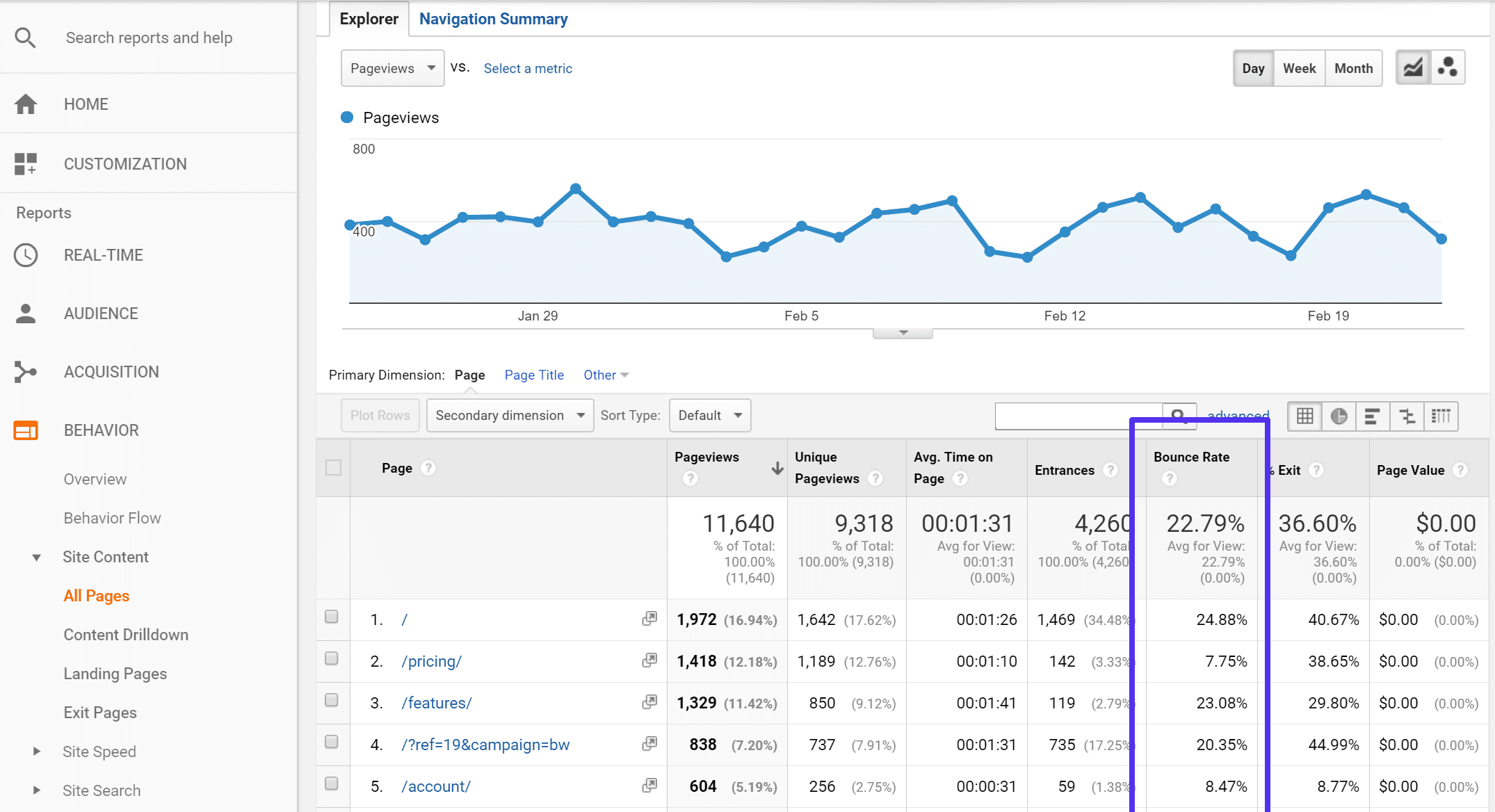
- Low session duration (less than 60 seconds) means that users don’t tend to spend time on your website. For some websites, like URL shorteners, it’s OK, however.
These stats reveal potential growth opportunities: which pages are most liked, where to put ads to maximize views, what type of content people engage with, etc.
2.3. Keep an eye on the traffic type
After the pandemic outbreak, mobile traffic has skyrocketed in price. Today you earn more if you send ad networks quality iOS and Android traffic.
On Google Analytics, you can check how many users come from mobile devices and ensure your website runs smoothly and fast on each OS.
Learning your traffic type is also vital for choosing the best-matching ad format.
Learn everything: devices, browsers, OS, interests. Your low CPM trouble may root from a particular traffic segment loss while the whole amount stayed unchanged.
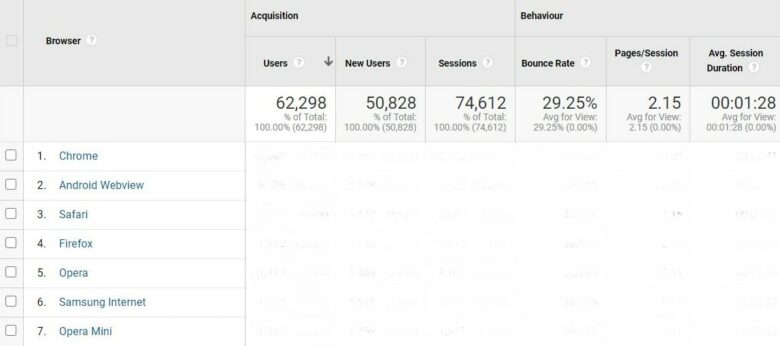
2.4. Get to know the best-paid GEOs
On your Statistics page, you can filter GEOs by CPM rates to find insights on which traffic you will invest in. Then, you dive into stats reports from your Google account to assess which countries dominate in your feed. In the future, you will be able to put more SEO efforts into driving traffic from the countries needed.
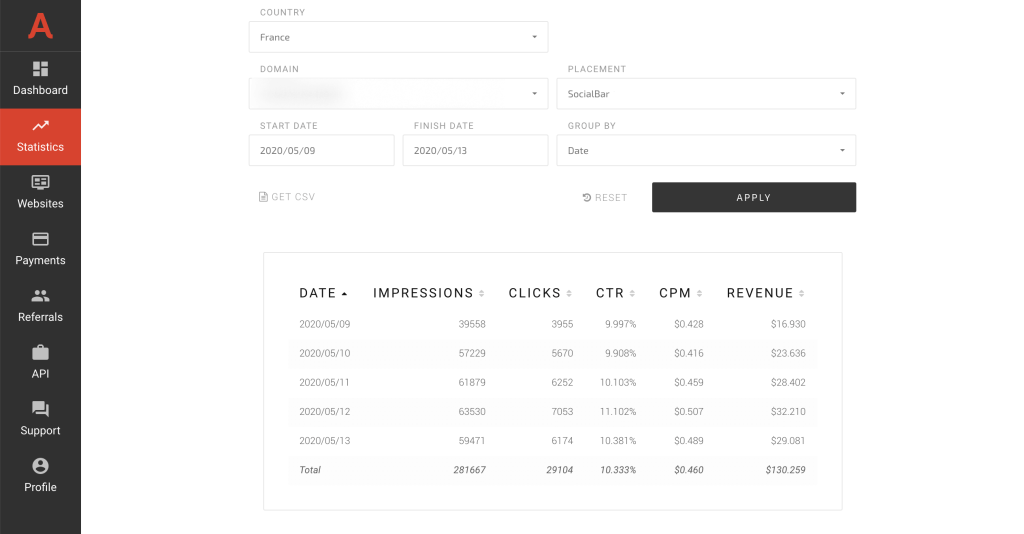
2.5. Learn to operate ad frequency
Never hesitate to ask your manager to advise you on how often to show popunder ads. They can set a custom cap between ad views, tweak the frequency of ads globally or within a session.
Remember that higher ad frequency can lead to low CPM but you will be getting bigger payouts for a while. Read more about this tweak in our expert guide.
2.6. Increase ad viewability
You can’t place ads instead of content, but putting them to the footer of a web page is also a weak strategy. To get higher CPM rates, you need to pick viewable places.
- Learn how users navigate web pages by installing heat-map and scroll-map services.
- A general tip is to put ads above the fold. All that is above the fold is first visible after users load your web page.
- For articles, blog posts, and long-read content, use Native Banners. They are highly viewable as users can’t avoid them while reading.
Viewability also depends on your website type. If you run a GIF Optimizer or PDF Converter service, almost any placement will be viewable as users are all-focused on getting their task done.
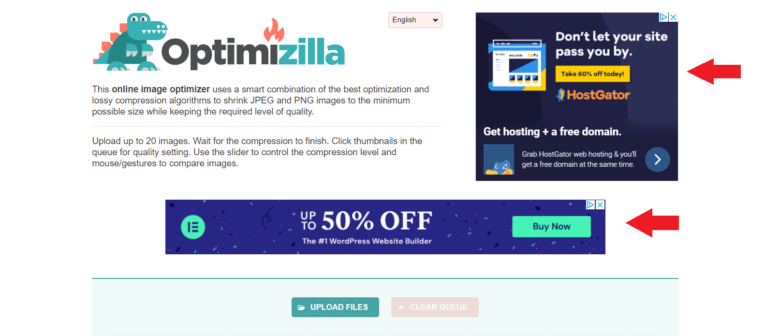
2.7. Experiment with ad formats
Hundreds of publishers miss the opportunity to monetize websites only because they don’t want to try new ad formats.
Banners are OK, but how about making hundreds of dollars with innovative ads that are non-intrusive, neat, and user-friendly? Advertisers are in love with in-page push and Social Bar ads as they fit any screen and generate multiple clicks.
For publishers, Social Bar is a great chance to increase user engagement and, eventually, raise CPM.
2.8. Refresh your traffic with new users
If your website visitors are at 80 or more percent loyal audience that comes day after day, they will soon get used to seeing ads. It is unlikely that one user will react to similar ads several times, so when advertisers squeeze maximum from the traffic, they seek a new audience.
It’s great when your website sends new traffic that can interact with ads over and over again.

2.9. Avoid buying cheap traffic
No matter how many visitors you have, advertisers will pay only for quality ad impressions. Remember high bounce rates? They come with poor traffic; users never stay on your website longer than 1-2 seconds.
Be careful with:
- proxy traffic as it is ghost traffic for advertisers because of the hidden IPs and false geos;
- bulk traffic acquisition as its quality may damage your core metrics (engagement, page views) and dramatically affect cost-per-thousand impressions;
- unreliable link exchanges that can bring you low-quality referral traffic or even bot traffic.
Recap. Focus on how much you earn, not your CPM
Many factors contribute to low CPM trouble, as well as many of them help you get rich. Use all the above-listed tips as opportunities to grow your income. How to use them?
- To begin with, exclude the most obvious reasons like technical issues and those mistakes with ad placements.
- Then, check your website’s key SEO indicators like page speed and mobility. Audience analysis will take a lot of time, so keep patient, and soon it’ll bring you some insights on how to compete for higher bids.
- Rely on all data, not just CPM metrics. Nothing should convince you more than your revenue figures. You can always assess how many clicks users made within a given amount of impressions on your Statistics Dashboard.
Adsterra has always been among the best CPM networks. We are known for our partner care approach; your dedicated manager is always by your side to help with settings, advise on strategy, and provide guides and manuals.

